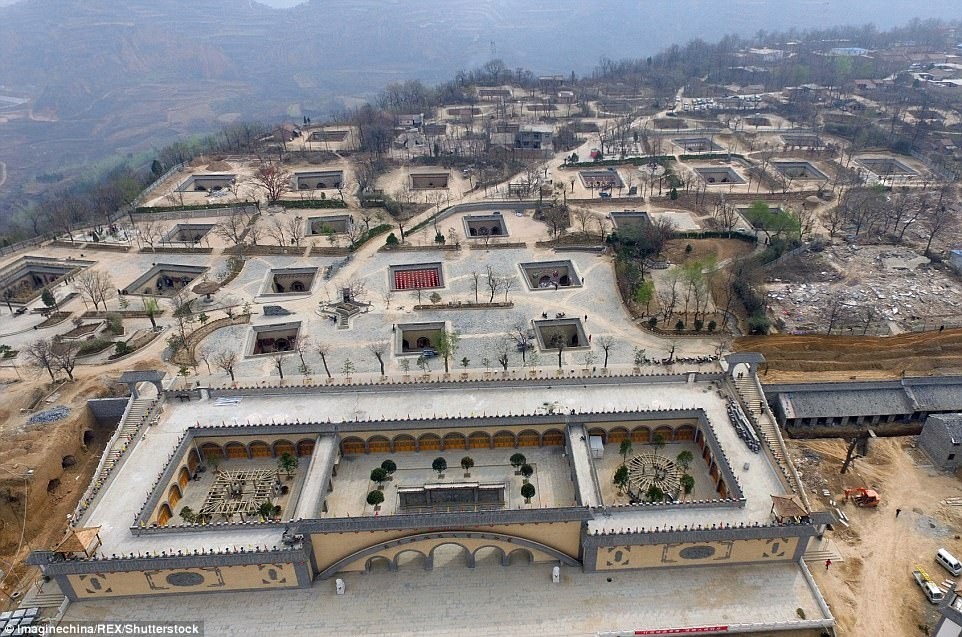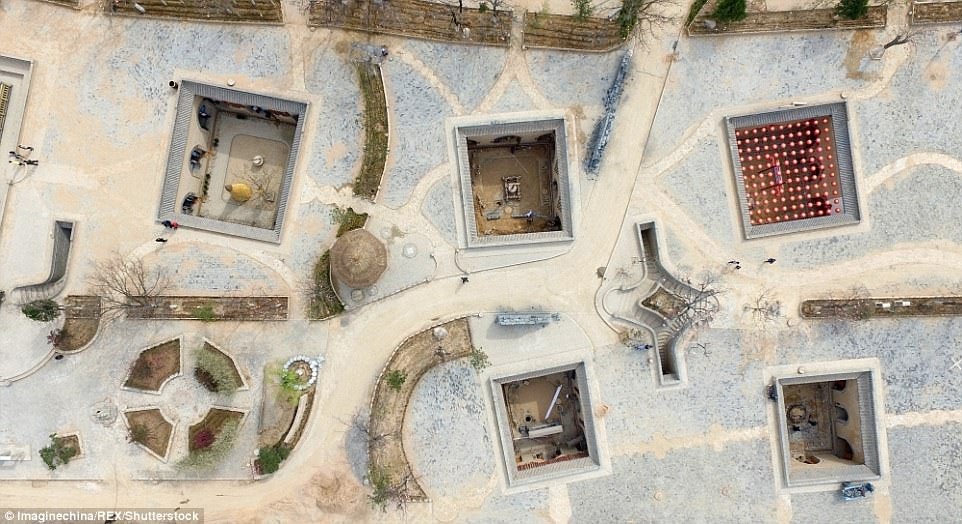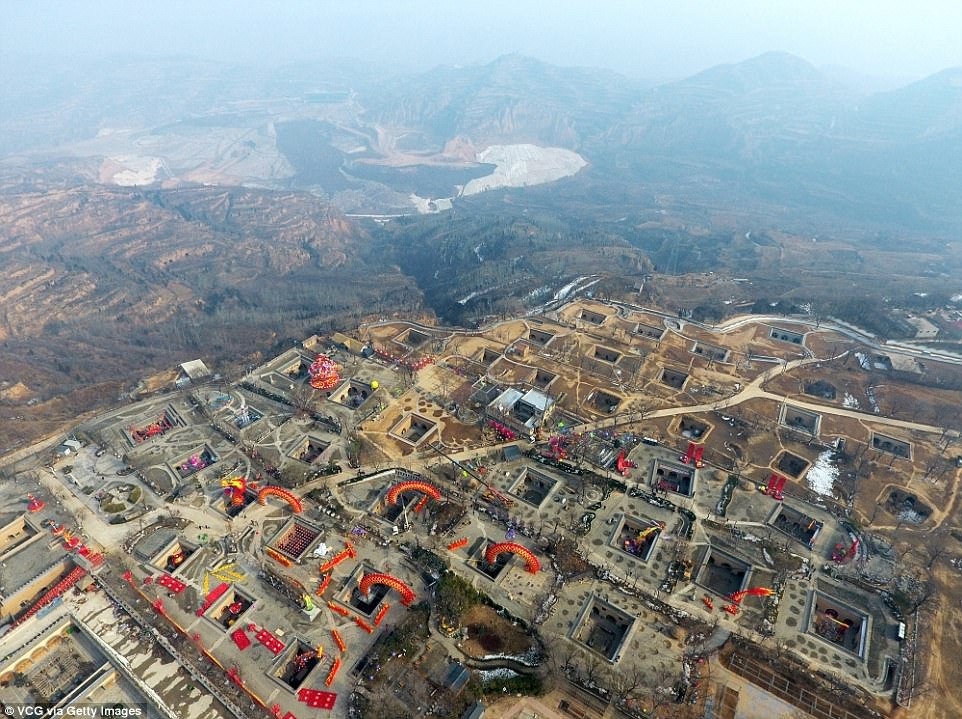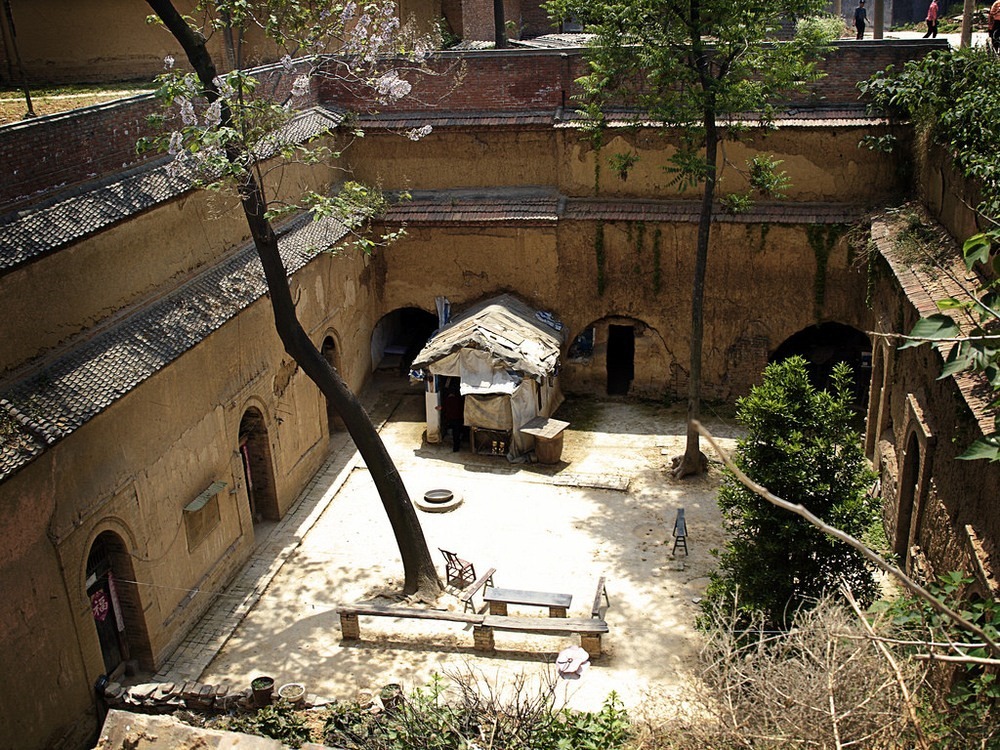The Loess Plateau - located around the Wei River valley in Shaanxi and Shanxi provinces, is extremely important to Chinese history as it is one of the places where China's earliest civilizations were formed. The plateau was formed by the accumulation and deposition of sandy soil by strong winds over millions of years. As a result, the soil here is very good and humus-rich, suitable for plowing and digging, making cave dwellings a suitable choice.


The first yaodongs appeared during the Xia Dynasty, about 4,000 years ago. By the Han Dynasty (206 BC to 220 AD), these houses began to become more common. The popularity of yaodongs peaked during the Ming Dynasty (1368-1644) and Qing Dynasty (1644-1912).



The most common type of yaodong is the house dug into the slopes, on the plateau surface. People dig a square hole in the ground, then dig deeper, extending the house horizontally. The entrance to the house is usually through a gentle slope from the ground down and underground corridors.


A yaodong typically consists of a long, vaulted room with a semicircular entrance separated by a wooden door or a blanket. Better houses jut out from the mountain and are reinforced with bricks. Houses are often built close together, forming a small village or simply a clan living close together.


The homes are cool in the summer and warm in the winter. With utilities included, a three-bedroom house with a private bath costs $46,000. A one-bedroom house without utilities rents for about $30 a month.
Ngoc Anh (According to AmusingPlanet)


































